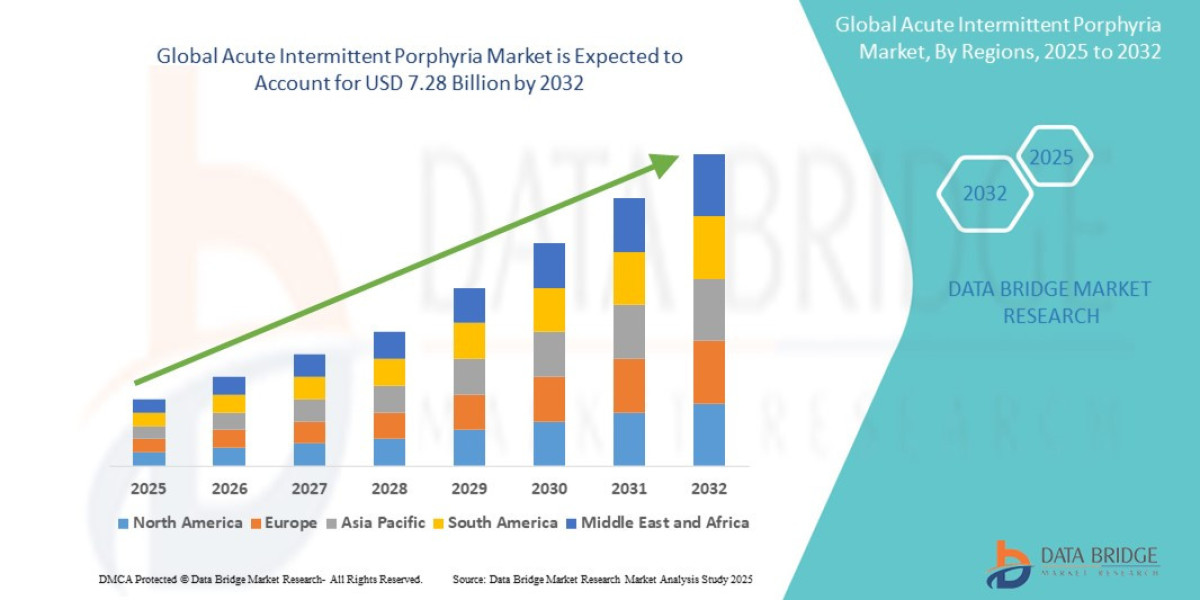If you're in a committed relationship with an Australian citizen or permanent resident and looking to settle in Australia, the Partner Visa Australia pathway could be your solution. But navigating through visa subclasses — such as 309, 100, 820, and 801—can be confusing without a clear guide.
In this comprehensive article, we’ll explain each subclass, eligibility criteria, application steps, costs, timelines, and tips for success — everything you need for your 2025 partner visa journey.
? What Is a Partner Visa in Australia?
The Partner Visa Australia allows the spouse or de facto partner of an eligible Australian citizen, permanent resident, or New Zealand citizen to live in Australia temporarily or permanently. There are two major streams:
Offshore stream (Subclass 309/100)
Onshore stream (Subclass 820/801)
Let’s break them down in detail.
? Offshore Partner Visa Pathway: Subclass 309 and 100
✅ Subclass 309 – Temporary Partner Visa (Offshore)
Who it’s for: Applicants who are outside Australia when lodging their application.
Once granted, this visa allows you to:
Enter and live in Australia temporarily
Work and study in Australia
Access Medicare
Apply for the permanent Partner Visa (subclass 100) after 2 years
Key Requirements:
Be outside Australia at the time of application and grant
Be in a genuine and continuing relationship
Be sponsored by an eligible partner
Meet health and character requirements
Documents Needed:
Identity documents (passport, birth certificate)
Proof of relationship (photos, messages, joint finances)
Form 888s from Australian friends/family
Medical and police clearances
✅ Subclass 100 – Permanent Partner Visa (Offshore)
This is the second stage of the partner visa process. It gives you permanent residency in Australia.
When to apply: Typically 2 years after applying for the subclass 309 visa (or earlier if the relationship has been long-term or includes children).
You must:
Still be in a genuine, ongoing relationship with your sponsor
Provide updated evidence of your relationship
Not have withdrawn or had your 309 visa cancelled
Benefits of Subclass 100:
Live in Australia permanently
Access Medicare and Centrelink
Apply for Australian citizenship (if eligible)
? Onshore Partner Visa Pathway: Subclass 820 and 801
✅ Subclass 820 – Temporary Partner Visa (Onshore)
Who it’s for: Applicants who are inside Australia on a valid visa when applying.
Once granted, this visa allows you to:
Stay in Australia temporarily
Work and study
Enroll in Medicare
Await a decision on your permanent visa (subclass 801)
Key Requirements:
Be onshore at the time of application
Be in a genuine, committed relationship
Sponsor must be eligible (not restricted from previous sponsorships)
Health and character requirements
Tip: Once you apply for the 820 visa, you’ll be issued a Bridging Visa A (BVA), which allows you to stay in Australia legally while your visa is processed.
✅ Subclass 801 – Permanent Partner Visa (Onshore)
This is the permanent visa stage following the grant of the 820 visa.
When to apply: Usually 2 years after your 820 visa application, unless you qualify for early assessment.
Requirements:
Still be in a genuine relationship
Provide updated proof of your shared life
Continue to meet character requirements
Benefits of Subclass 801:
Permanent residency
Access to healthcare, Centrelink, and higher education loans
Apply for citizenship when eligible
? Partner Visa Australia Checklist (For All Subclasses)
Here’s a general checklist for both onshore and offshore partner visa applications:
Relationship Evidence:
Joint bank accounts
Shared bills, rental agreements
Travel together
Wedding or event photos
Personal statements describing your relationship
Sponsor Documents:
Proof of citizenship or permanent residency
Statutory declaration from the sponsor
Character documents if required
Additional Documents:
Form 888 from two Australian citizens/permanent residents
Police clearance from each country you lived in (12+ months)
Medical examinations (after request by immigration)
? Costs of Partner Visa Australia (2025)
As of 2025, partner visa application fees are:
Main applicant: AUD $8,850
Additional dependent (under 18): AUD $2,215
Additional dependent (18+): AUD $4,430
Important: This fee covers both the temporary and permanent stages. You do not need to pay again for subclass 801 or 100.
⏳ Partner Visa Australia Processing Time (2025)
Processing times vary depending on the visa subclass, completeness of documents, and the relationship type.
| Subclass | 75% of Applications | 90% of Applications |
|---|---|---|
| 309 (Offshore Temp) | 9 months | 18 months |
| 100 (Offshore PR) | 12 months | 24 months |
| 820 (Onshore Temp) | 8 months | 24 months |
| 801 (Onshore PR) | 12 months | 22 months |
Tip: Submitting a complete and well-organized application can help speed up the process.
? Partner Sponsorship Requirements
Your sponsor must:
Be over 18 years of age
Be an Australian citizen, PR holder, or eligible NZ citizen
Not have sponsored another partner in the last 5 years (with some exceptions)
If they’ve sponsored multiple people in the past, additional scrutiny may apply.
❗ Common Reasons for Partner Visa Refusal
Incomplete or inconsistent documentation
Relationship not considered genuine
Failing to meet health or character requirements
Sponsor ineligible due to previous history
? Expert Tips for Success in 2025
Start gathering evidence early – especially relationship proof
Register your relationship if not married and short on cohabitation time
Write detailed, heartfelt personal statements
Submit certified translations for all non-English documents
Consider consulting a partner visa consultant in Brisbane or a registered migration agent for professional help
Final Thoughts
Navigating the Partner Visa Australia process in 2025 may seem overwhelming, but breaking it down by subclass and requirements helps make the journey more manageable. Whether you apply from within or outside Australia, understanding the path between subclass 309 and 100 or 820 and 801 is key to planning your future.
Ensure you meet all criteria, organize your evidence properly, and stay honest throughout the process. When in doubt, seek expert guidance to avoid delays or refusals.







